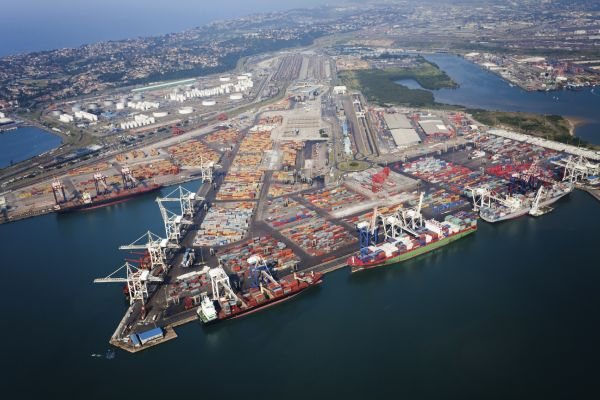Tanzania is now at per with Kenya in terms of infrastructure projects, both recording 51 projects in 2019, a new report has revealed.
The Africa Construction Trends Report (2019) by Consultancy firm Deloitte released in January, shows that both Kenya and Tanzania recorded g 51 projects in 2019. Tanzania’s total share of projects by value is 41.2% (US$60.3bn), making it the largest contributor
towards East Africa’s total project value.
Although Kenya has one of the most valuable infrastructure projects in the pipeline, the country accounts for only 24.6% (US$36bn) of the region’s total project value.
Overall the total number of projects in East Africa rose by 30.9% between
2018 and 2019, with the region currently recording 182 projects under construction.
Now east Africa countries;Burundi, Comoros, Djibouti, Eritrea, Ethiopia, Kenya, Rwanda, Seychelles, Somalia, Tanzania and Uganda n accounts for 40.3% of projects across the continent and 29.5% of the value.
Related
- Tanzania constructs new Msalato International Airport in Dodoma
- Tanzania sets new terms for Bagamoyo Port construction
- Tanzania, Uganda ink deal for major natural gas pipeline project
The total value of construction projects increased by 67.6% between 2018 and 2019, from US$87bn to US$146bn. The increase stemmed from investments in large infrastructure
projects within the Transport and Oil & Gas sectors, such as Phase II of the Kenya Standard Gauge Railway Project and Tanzania’s new Likong’o-Mchinga LNG plant. The LNG plant, worth US$30bn, has become the most valuable project in the region.
The Transport sector continues to take the lead within the sectoral break down by value. The sector accounted for 30% (US$44bn) of the region’s total projects by value, followed by Oil & Gas (27.5%) and then the Energy & Power (20.9%) sectors.
East Africa has encountered several transport infrastructure challenges in the past years, thus making Transport investments a priority to ensure a reliable transportation network. As a result, the sector recorded the highest number of projects (69 projects out of 182), followed by the Energy & Power sector with 40 projects (22%) and Real Estate with 35 projects (19.2%).
The high number of transport projects came from investments in rail, road and airport projects. Numerous East African-based airports have launched expansion projects to cater for the rapidly growing passenger and cargo traffic volumes.
One of these airport expansion plans, currently under construction, is the Bole International Airport Expansion Project in Ethiopia, will make Ethiopia the largest airport aviation hub in Africa.35 Such cross-border infrastructure projects demonstrate East Africa’s commitment to boost regional integration.
Owned by government
Projects in East Africa are mainly owned by Government (79.1%), while Private Domestic companies own 6.6%. Various East African governments have played a significant role in boosting infrastructure development.
This has occurred from country-specific as well as regional developmental policy initiatives such as the East African Community (EAC) Development Strategy. The EAC Development Strategy aims to support East Africa in becoming a competitive and sustainable lower middle income region by 2021, and also highlights infrastructure development as one of its regional priorities.
Funding
East Africa relies on external funding for most infrastructure projects. The region’s project funding is dominated by China (20.9%; down from 25.9% last year), while Governments account for 13.7% of total funding.
International and African DFIs also play a significant role in East Africa’s project funding, accounting for 13.2% and 12.6%, respectively. Ongoing and upcoming regional infrastructure projects have attracted various development financiers.
The African Development Bank (AfDB), for example, has shown interest by introducing the East Africa Regional Integration Strategy Paper (EA RISP), which outlines a roadmap to accelerate regional integration through infrastructure development over a
five-year period (2018-22).
China factor
Construction activity is dominated by China, who is responsible for building 40% of the projects (and down from 54.7% of projects in last year’s report). Both Private Domestic companies and EU Countries construct 14.8% of projects.
East Africa’s top 10 projects make up 51.7% of the total value of projects in the region, thus accounting for a large proportion of expenditure on infrastructure projects. The Transport and Energy & Power sectors both recorded four projects in the top 10.
Tanzania’s Likong’o-Mchinga LNG plant, has become the most valuable project in the region. Once completed, the plant is expected to contribute about 7% towards the country’s economic growth.
Kenya’s rail project is expected to contribute towards boosting trading activities in Kenya, thus, placing the country at the centre of East Africa’s rail network.
Also Read:

